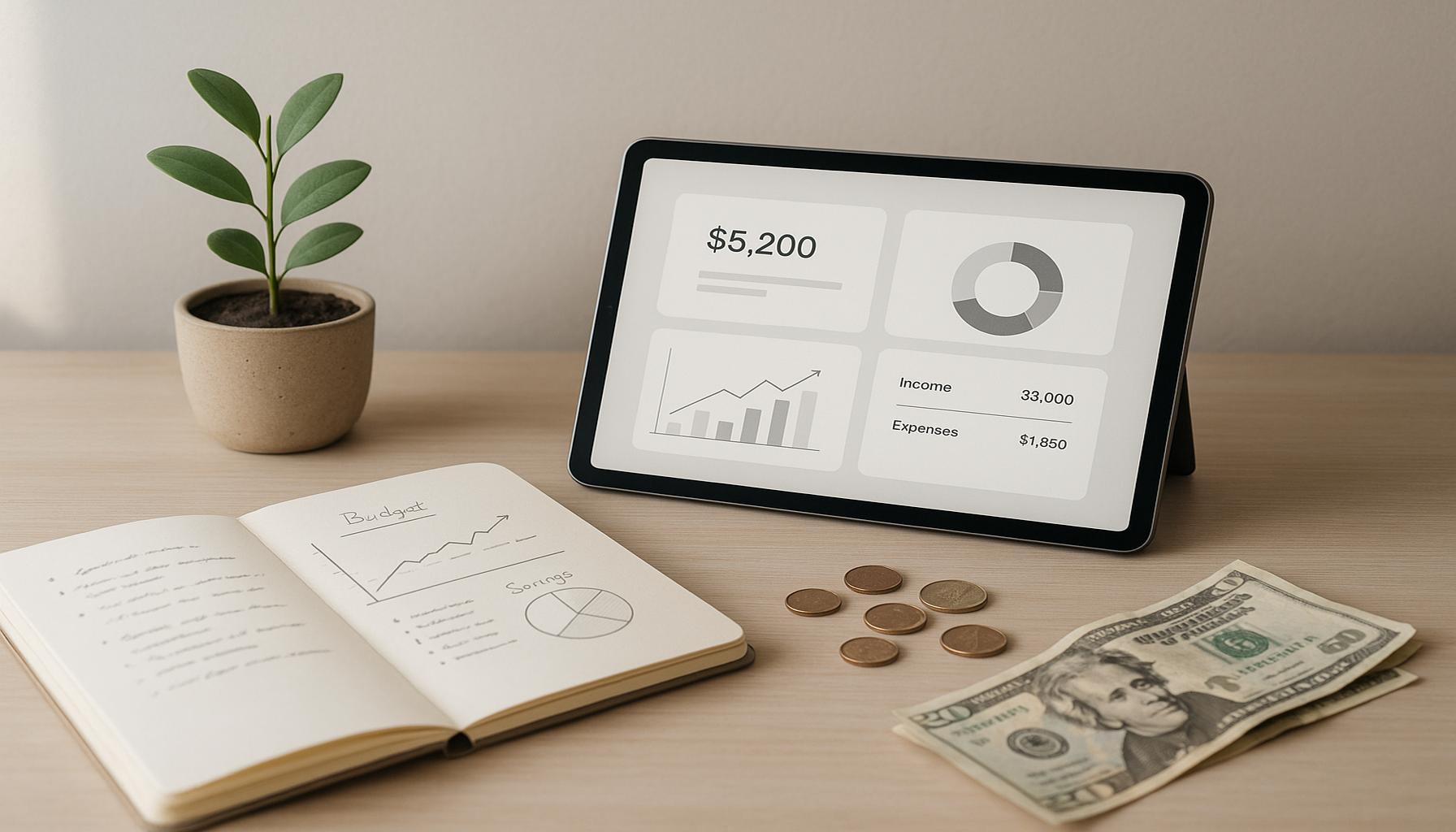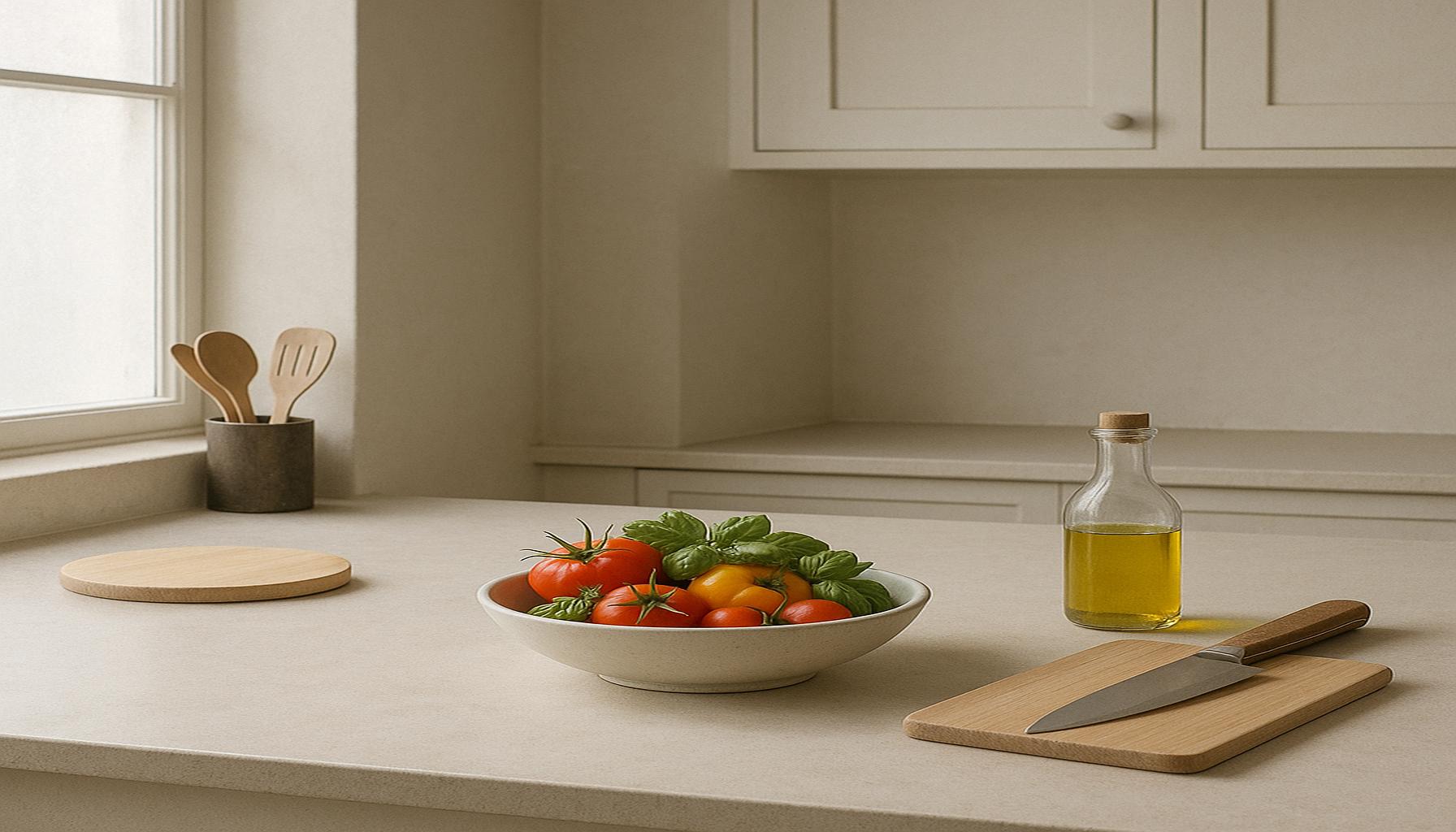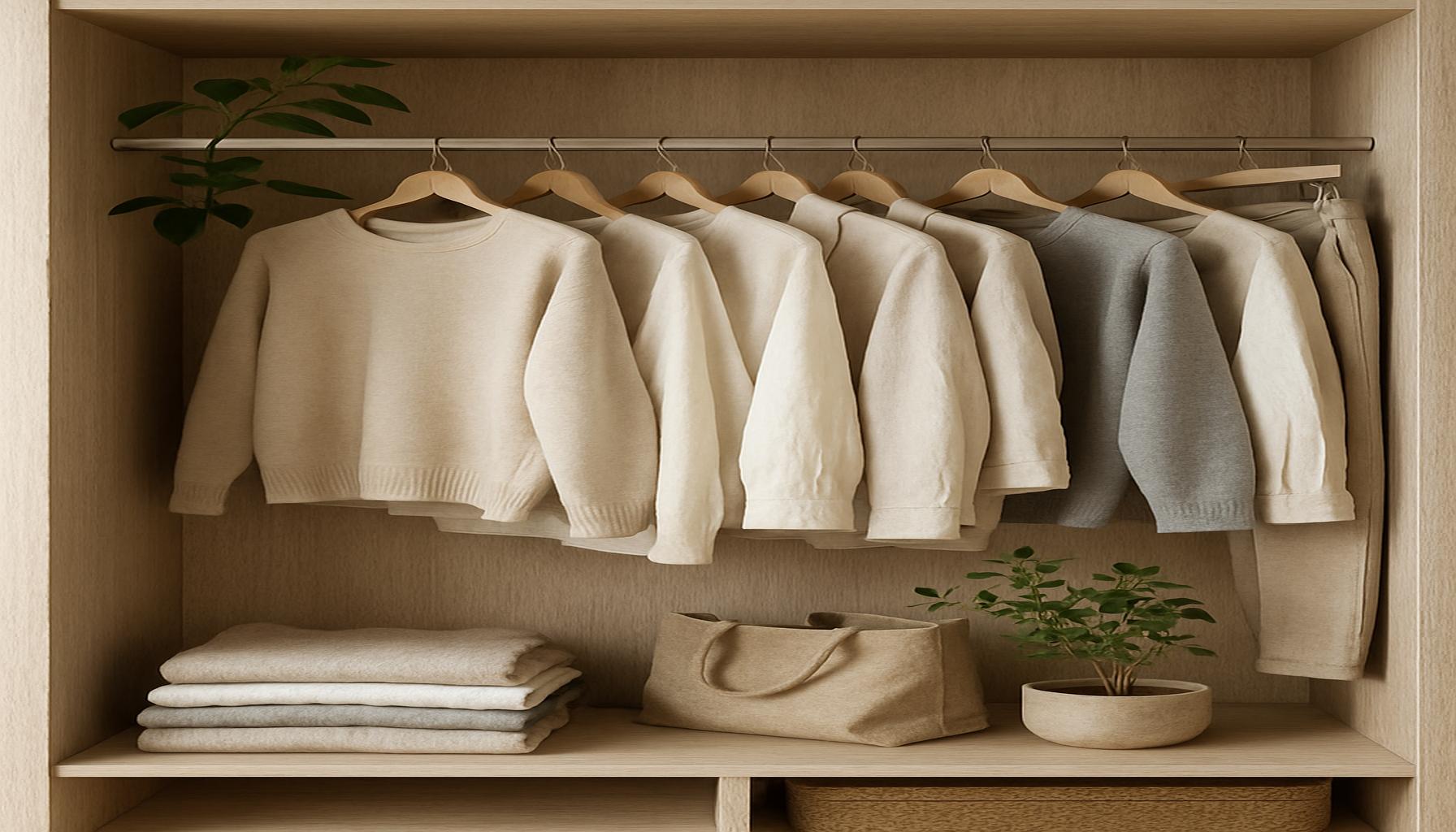Master the Art of Simplifying Reduce Mental Clutter with Minimalism
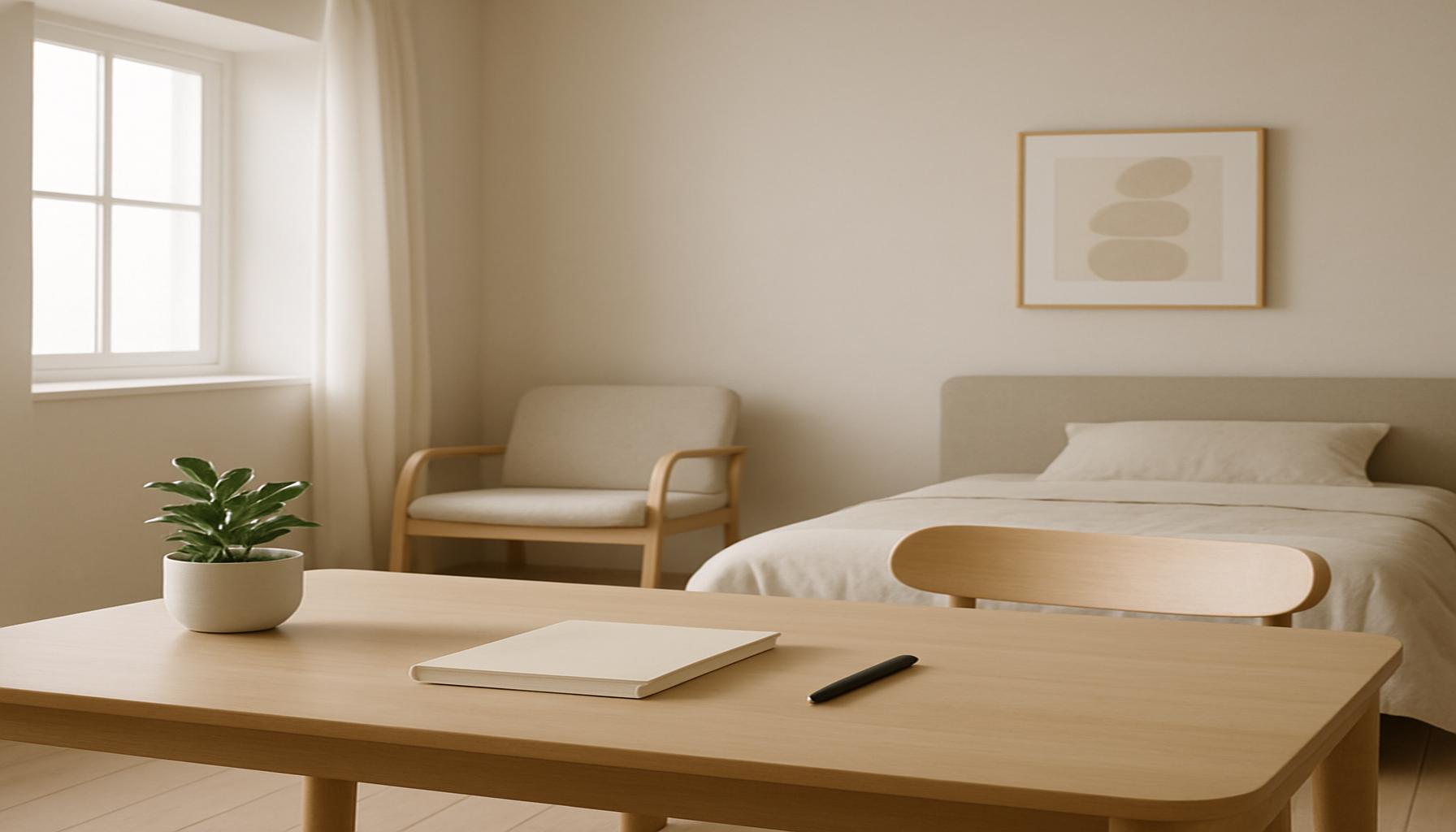
Introduction
In today’s fast-paced world, many people find themselves overwhelmed by constant information and distractions. The practice of minimalism offers a pathway to regain control, targeting not just physical spaces, but also our mental landscapes. By embracing simplicity, individuals can reduce mental clutter and foster a focused mindset.
Minimalism empowers you to question what is truly necessary, leading to a more intentional life. With the right strategies, you can simplify your environment and mind, leading to enhanced productivity and emotional well-being. Here are some key reasons why mastering the art of simplification matters:
- Clear mental space: A decluttered mind is more capable of creativity and problem-solving.
- Increased focus: Fewer distractions lead to improved task management and concentration.
- Stress reduction: Less chaos translates to a calmer, more peaceful state of mind.
As we delve deeper into this topic, prepare to explore the Top 5 minimalism practices that can help streamline your mental processes and cultivate clarity. Start your journey toward a simplified life today.
The Art of Simplifying: How to Reduce Mental Clutter with Minimalism
In today’s fast-paced world, mental clutter can often feel overwhelming. The practice of minimalism, which encourages simplicity and intentional living, serves as a powerful antidote to this chaos. Minimalism is not just about reducing physical belongings, but also about cleansing your mind to achieve peace and clarity. But how can we effectively reduce mental clutter? Here is a ranked list of five essential strategies to help you embrace minimalism and achieve peace of mind.
5. Declutter Your Physical Space
The foundation of minimalism begins with your physical surroundings. Clearing out your home and workspace can have a profound impact on your mental state. When your environment is tidy and organized, it creates a sense of calm and control, echoing the peacefulness you seek in your mind.
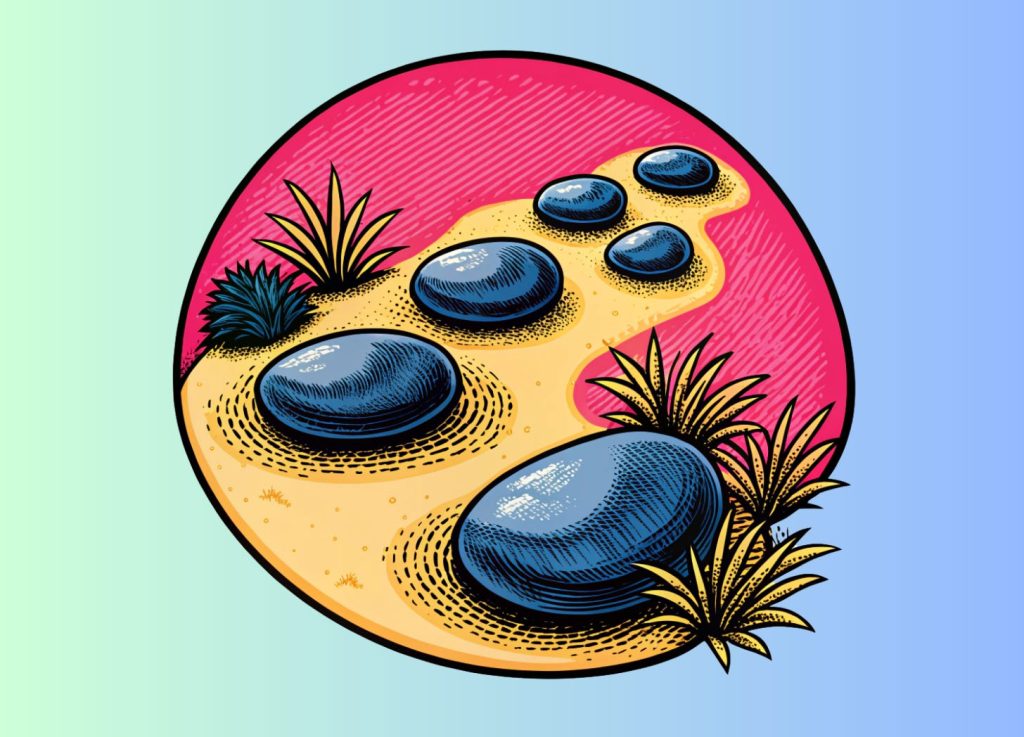
Imagine walking into a room where everything is in its place; this can evoke a sense of tranquility. Conversely, a disorganized environment can trigger stress and anxiety. Studies have shown that clutter in your physical space can significantly contribute to stress, leading to decreased productivity and mental fatigue.
To initiate this transformation, follow these steps:
- Start small: Focus on one room or area at a time. This prevents the process from becoming overwhelming.
- Use the “one in, one out” rule: For every new item you bring in, remove an old one. This helps manage the inflow of possessions.
- Donate or recycle items: Let go of things that no longer serve a purpose in your life. This step can also contribute to society and environmental conservation.
By establishing a clutter-free physical space, you’re laying groundwork for mental clarity and enabling yourself to think more clearly.
4. Limit Digital Distractions
In the digital age, our minds are constantly bombarded with information. Reducing digital clutter can be just as important as decluttering your physical space. This influx of notifications, emails, and data can become a significant source of mental clutter.
Digital noise invades our lives in various forms—from incessant email notifications to the addictive allure of social media. These distractions can make it difficult to focus on tasks that require deep thought and creativity. To reclaim your mental space, consider these strategies to minimize your digital distractions:
- Unsubscribe from unnecessary emails and notifications: Simplify your inbox to avoid being overwhelmed by trivial communications.
- Organize your files and applications into easily navigable folders: A well-structured digital space mirrors the organization of your thoughts and enhances productivity.
- Set specific times for social media usage: Avoid mindless scrolling by scheduling dedicated periods for checking social platforms.
By controlling your digital environment, you can significantly reduce mental overload and enhance your focus.
3. Practice Mindfulness and Meditation
Integrating mindfulness and meditation into your daily routine fosters mental clarity and stability. These practices encourage you to focus on the present, reducing anxiety and mental clutter.
Mindfulness involves paying full attention to the present moment without judgment. Meditation helps train your brain to recognize and respond with equanimity and calmness to the chaos around you. Both practices can alleviate the mental strain of living in a busy world.
To incorporate them into your life, consider the following steps:
- Dedicate a few minutes each day to sit quietly and breathe deeply: This can be a form of meditation, allowing you to recenter and focus.
- Use guided meditation apps: These resources can help keep you focused and engaged as you develop your meditation practice.
- Practice mindfulness during everyday tasks: Actions such as eating or walking become opportunities to be fully present, enhancing enjoyment and decreasing mental clutter.
As you cultivate mindfulness, you may find that your thoughts become more organized and that the chaos of daily life is much easier to manage.
2. Simplify Decision-Making Processes
Decision fatigue can lead to a cluttered mind, as constant choices drain our mental energy. Simplifying the decision-making process allows for clearer thinking and prioritization.
Every day we make numerous decisions, from what to wear to what to eat, to how to respond to work challenges. Over time, this can lead to decision fatigue, diminishing our cognitive capabilities and affecting our mental health. Here are some approaches you can take to simplify this process:
- Limit your choices: Reduce your options to avoid feeling overwhelmed. By minimizing trivial decisions, you conserve mental energy for more crucial issues.
- Create daily routines: Automate less critical decisions like what to eat for breakfast or when to check email. This leaves more room in your mind for creativity and problem-solving.
- Make lists to prioritize tasks and goals effectively: Visualizing responsibilities can bring a sense of control and structure to chaotic thoughts.
By minimizing the complexity of decisions, you can reserve mental resources for more significant life choices and ideas.
1. Embrace a Mindset of Letting Go
The ultimate expression of minimalism involves adopting a mindset that values experiences over possessions. Letting go of attachments, whether to physical items or mental burdens, is crucial for achieving a simplified life.
Attachment to material possessions, memories, or even obsolete ideas can weigh heavily on the mind. By understanding the root causes of your attachments, such as fear or nostalgia, and recognizing their influence over your life, you empower yourself to move forward unfettered.
Consider these aspects to nurture this mindset:
- Assess why you hold onto specific items or thoughts: Deep introspection can help you identify unhealthy attachments and facilitate their release.
- Practice gratitude for what you have: Focus on the richness of life experiences rather than material acquisitions. Embracing gratitude engenders contentment and fulfillment.
- Engage in regular reflection: Identify what truly matters in your life through contemplation and mindfulness practices. This reflection bolsters a focused and decluttered mind.
By cultivating a mindset of letting go, you are liberating yourself from unnecessary mental clutter and embracing the essence of minimalism: a focus on a fulfilling and intentional existence.
This expanded article provides a comprehensive view of how minimalism can be applied to reduce mental clutter. By offering detailed examples and practical steps, it guides the reader through actionable changes that promote mental peace and well-being. Each section highlights different aspects of minimalism, encouraging thoughtful reflection and deliberate lifestyle choices.
| Category | Key Features | Advantages | Disadvantages | Who Would Benefit Most |
|---|---|---|---|---|
| Decluttering Techniques | Utilizes methods such as the KonMari method and the 4-Box Method. | Promotes a clearer space which leads to a clearer mind, making decision-making easier. | Can be overwhelming for beginners who may struggle with letting go. | Individuals feeling burdened by excess items or those desiring an organized living space. |
| Mindfulness Practices | Incorporates meditation, journaling, and breathing exercises. | Enhances focus and reduces mental clutter, leading to improved emotional well-being. | Requires consistent practice initially may feel challenging. | People experiencing high stress or anxiety seeking mental clarity and peace. |
| Digital Minimalism | Encourages limiting digital distractions through selective social media usage and app scrubbing. | Improves attention span and fosters deeper connections, both in real life and online. | May lead to feelings of isolation for those heavily reliant on technology for social interaction. | Individuals overwhelmed by digital noise or seeking more meaningful online engagements. |
| Intentional Living | Focus on purposeful choices in all facets of life, from possessions to daily routines. | Increases fulfillment and satisfaction by aligning actions with personal values and goals. | Requires deep self-reflection and can be daunting for those unsure of their values. | Individuals seeking greater meaning in their lives or those who feel adrift. |
In this exploration of minimalism as a tool for mental clarity, various essential categories emerge, each offering unique advantages while presenting certain challenges. The act of decluttering provides immediate relief and clarity, yet it can present obstacles for individuals reluctant to part with possessions. Complementing this effort, mindfulness practices emphasize the importance of mental space, allowing for improved emotional states, albeit requiring perseverance to embed these habits into daily life.Meanwhile, digital minimalism addresses the overwhelming influx of information in the digital realm, enhancing personal connections while potentially leading to feelings of isolation. Lastly, the pursuit of intentional living actively encourages individuals to reassess their values and commitments, fostering a life of meaning, but may pose difficulties during periods of self-discovery. Each category reflects the multifaceted approach to embracing minimalism, encouraging a journey towards a simpler, more fulfilling existence.
Frequently Asked Questions about Mental Declutter with Minimalism
What is the connection between minimalism and mental clarity?
Minimalism is more than a design trend; it impacts our mental state by encouraging us to eliminate excess possessions and distractions. By focusing on what truly matters, minimalism can lead to improved mental clarity and reduced stress. When our environment is cluttered, it often mirrors a cluttered mind. Simplifying our surroundings can help clear mental clutter, allowing for a more peaceful and focused mind.
How can minimalism be applied to daily life to reduce mental clutter?
Minimalism can be integrated into daily routines by consciously choosing what to keep and what to eliminate. Start with small steps, such as decluttering your workspace or organizing digital files. Emphasize quality over quantity in possessions and activities. Regularly evaluate areas of your life that cause stress, and consider if simplifying them would lead to a mental release. Additionally, practicing mindfulness and focusing on the present moment can enhance the benefits of a minimalist lifestyle.
Is minimalism suitable for everyone?
While minimalism offers numerous benefits, it may not suit everyone’s lifestyle or mindset. Some find that a minimalist approach aligns perfectly with their need for organization and tranquility, while others may struggle with letting go of possessions. The key is to adapt minimalism to your own life and comfort level. Explore different aspects of it and find which elements help reduce mental and physical clutter without causing undue stress.
Can minimalism help in decision-making processes?
Yes, minimalism can simplify decision-making by reducing the number of options and distractions. With fewer possessions and commitments, you can focus more on what truly aligns with your goals and values. This can lead to more clear and confident decisions. By minimizing mental noise and external pressures, the decision-making process often becomes more straightforward and less overwhelming.
What are the long-term benefits of adopting a minimalist lifestyle?
Adopting minimalism can lead to various long-term benefits such as increased contentment, enhanced focus, and sustained mental clarity. By continuously choosing essential items and experiences, you cultivate a life filled with purpose and intentionality. This can bring about a more fulfilling and harmonious existence, leading to long-term happiness and emotional well-being. Additionally, creating space in one’s life enables room for growth, ultimately paving the way for new opportunities and insights.
Conclusion: Embracing the Art of Simplification
Understanding the principles of minimalism can open doors to a calmer and more focused mental landscape. Throughout the article, we explored how minimalism transforms not only our physical spaces but also our minds, paving the way to reduce mental clutter and foster clarity. By adopting a minimalist approach, individuals can tap into a less-is-more philosophy, which translates into a more intentional and meaningful life.
The journey towards mental tranquility begins with identifying and eliminating the non-essentials that crowd our physical and mental spaces. From decluttering our surroundings to prioritizing our commitments, the art of simplification is rooted in making conscious choices about what truly matters.
One of the article’s key takeaways is the emphasis on routine establishment and the creation of a serene environment that nurtures productivity and reduces anxiety. These practices encourage a more deliberate way of living, where individuals can focus on quality over quantity, nurturing their passions and fostering significant relationships.
Furthermore, adopting minimalism is not merely about reducing possessions but embracing a lifestyle that underscores mindfulness and intentionality. This shift can have profound implications on personal satisfaction and overall well-being, steering us away from the hectic demands of modern life.
In essence, minimalism serves as a tool for mental liberation, allowing us to navigate life with greater clarity and purpose. As we step away from excess and embrace simplicity, we rediscover the joy of meaningful experiences, unhindered by the weight of unnecessary complexities. The art of simplification beckons us to explore the richness found in simplicity, encouraging a transformation from cluttered chaos to tranquil order.
